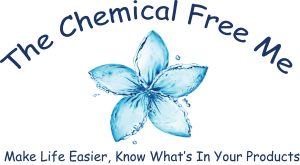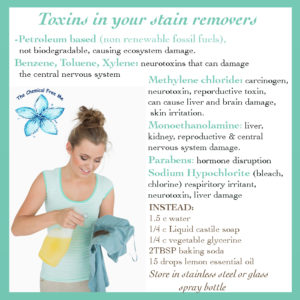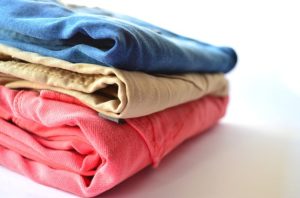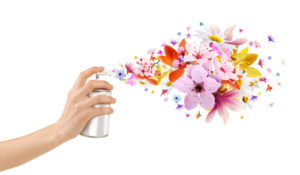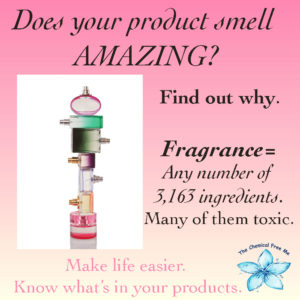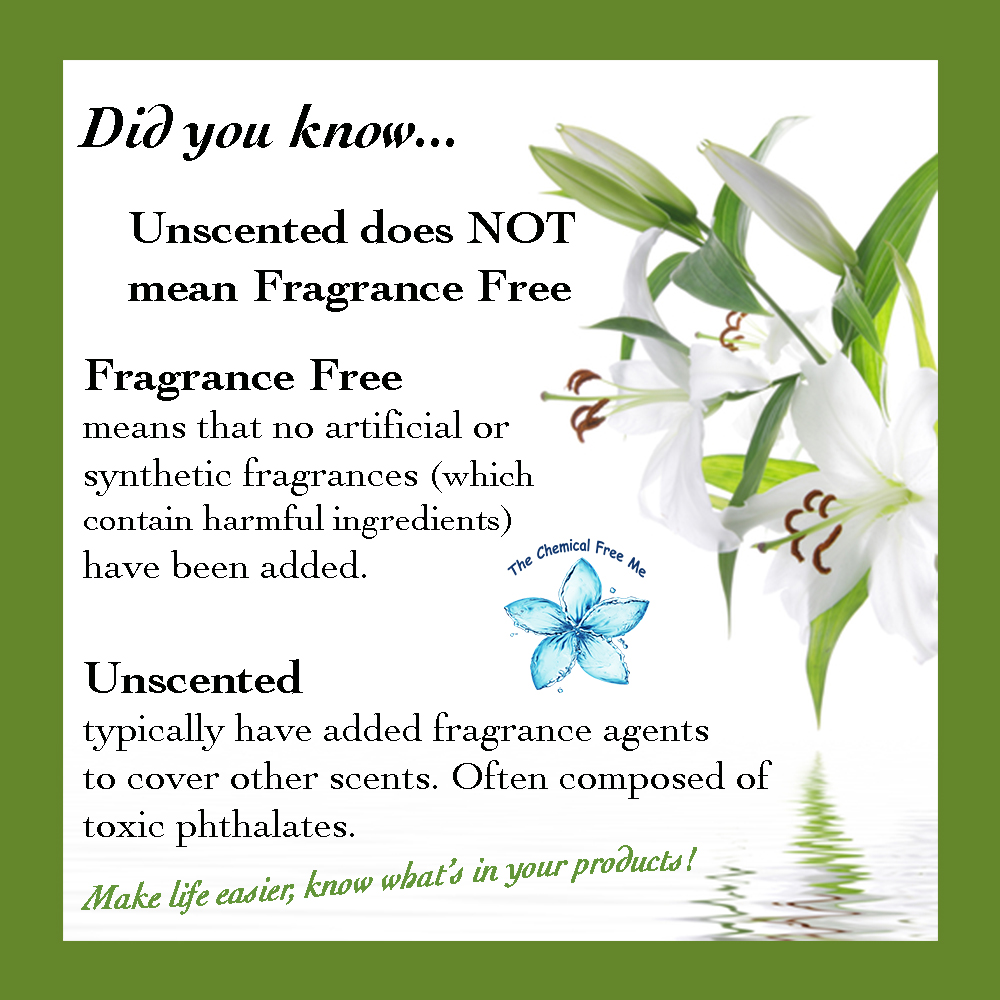No matter how much you clean there are bound to be dust bunnies hidden away behind the door, cabinets or closets. Unfortunately those little dust bunnies contain phthalates, flame-retardants, fragrances and parabens. 100% of all samples tested in a 2016 analysis 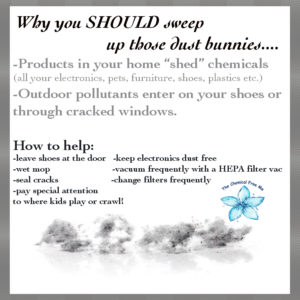 revealed that 10 toxic chemicals (others included mixtures of 45)
revealed that 10 toxic chemicals (others included mixtures of 45)
Breathing in and touching these particles toxins can cause damage to the reproductive system, nervous system, hormone disruption, and insulin resistance. There is no way to eliminate every particle of dust in your home. What are some helpful, more doable solutions?
Phthalates originate from vinyl and fragrance. Do your best to eliminate all items in your home that contain fragrance (Essential Oils are a safer choice). This includes personal care products such as shampoo, perfume and lotions. Cleaning products are big offenders. They are often filled with “fragrances” to help your house smell clean. I clean the majority of my house with vinegar, baking soda, essential oils and Dr. Bronners castile soap. It’s surprisingly effective, cheap, and non-toxic to use these several ingredients.
Flame-retardants are still hidden in odd places. When I was a kid they were on all our pajamas (This is no longer the case). Unfortunately, pet beds, crib mattresses, memory foam, and upholstery still contain flame-retardants.
PFOA and PFOS are lurking in your non-stick cookware, fleece jackets and even water resistant clothing (see previous blog post).
Parabens are likely still in your shampoos and beauty care products (read your labels and make a switch!).
We all own some level of these things regardless of how conscious we try to be. You don’t need to go crazy and throw everything away. As old things wear out, replace these items with safer choices. In the meantime, and when you do, a vacuum with a HEPA filter is the way to go. Personally I am a huge fan of the Dyson line. We owned one for many years and it finally gave out. I recently replaced it with the Dyson Ball Animal 2 and I can’t begin to tell you what we are pulling out of my frequently vacuumed (not that old and no shoes in the house) carpets. It’s mind blowing (and gross) but it’s an extraordinary vacuum cleaner.
